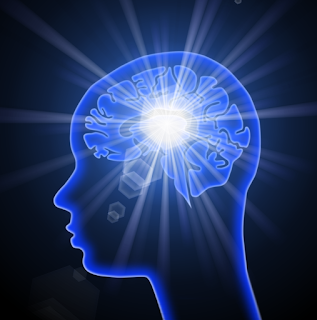Can biometrics be used to help protect endangered animals?
Anil Jain, biometrics expert and professor at Michigan State University is finding new and creative ways to solve problems with biometric facial recognition. Jain and his team have modified their human biometric analysis system to create a facial recognition system for endangered lemurs in Madagascar.
Studying animals over time provides crucial data on how long they live, how often they reproduce, information on infant and juvenile mortality, and overall population growth or decline.
Traditionally, conservationists use “soft Identifiers” to recognize primates, such as differences in body size and the presence of injuries or scars. Variations in appearance make it difficult to keep track of one lemur over time. Tagging is another way to identify animals, but “capture and collar” methods create stress and can injure the animal. Facial biometrics now provides a humane and accurate way to keep track of the animals.
Jain already has 462 lemur images on file, largely from the Ranomafana National Park in Madagascar. On a test of 100 images, the LemurFaceID system had an accuracy rate of nearly 99%. Facial recognition analysis is fast, safe and accurate. Using LemurFaceID can help conservationists with their work.
Endangered animals are often illegally captured and taken from their natural environment to use as pets. Facial biometric analysis could also be used to help track missing lemurs, providing law enforcement, tourists and researchers a means to rapidly report and identify captive lemurs. This technology could also be expanded to work with other endangered animal groups.
Can facial recognition systems help save lemurs?
Published on MSU TODAY: Environment + Science & Technology, Feb. 17, 2017, contacts Kim Ward and Anil Jain
India moving to a biometric payment system by 2020?
India’s people and economy are still adjusting to the Nov. 8, 2016 ban on 500 and 1000 rupee notes (apx. $7.50 and $15.00 value in U.S. currency). At that time 95% or more of all transactions in India were cash transactions, 90% of vendors were only able to accept cash payment, and 85% of workers were paid exclusively in cash.
This bold economic move was meant to encourage a swift transition from a cash economy to a system of digital electronic payments. It was also intended to curb to corruption such as black markets, tax evasion, money laundering and counterfeiting. It is rumored that Pakistan was a source of counterfeit currency intended to fund terrorism.
Amitabh Kant, a leader of India’s top economic development agency, speaking recently at the World Economic Forum, told listeners that India could introduce a biometric payment system within three years that would render cash, as well as credit cards, obsolete.
Nearly 1.1 billion of India’s 1.3 billion people have already registered their biometric data with the government's biometric identification system. India is currently testing a biometric payment app that works with portable fingerprint scanners. Digital payments have indeed received a massive boost from the cash ban, but as less than 30% of Indians own a smart phone, there is much more work to be done.
First cash, now India could ditch card payments by 2020
Rishi Iyengar for CNNtech, money.cnn.com, January 19, 2017
After Day 50: The Results From India's Demonetization Campaign Are In
Wade Shepard, Contributor, Asia #ForeignAffairs, forbes.com, January 3, 2017
Brain waves too revealing for biometric authentication?
As researchers explore more secure ways of authenticating user identity to protect cyber security, one goal is to monitor user identity throughout a session, not just once at user log-in. Measuring brain waves for behavioral authentication (keeping track of a confidence metric throughout a user session) is a hot field of study. However Abdul Serwadda, a cybersecurity expert and assistant professor at Texas Tech University, warns that brain waves can do more than identity someone, they can reveal information most people want keep private.
Brain waves are read with an electroencephalogram (EEG). EEG reading devices are now a commodity item; for $100 you can buy an EEG device to wear on your head similar to a set of headphones. There are already video game apps that can operate using the player’s brain signals. Essentially any bright determined person can now write an app that interprets and operates using brain signals.
The study at Texas Tech, recently presented to the IEEE* International Conference on Biometrics, focused on determining if sensitive personal information such as medical, behavioral or emotional traits could be revealed from a person’s brain waves.
In the study, alcoholism was the trait used for testing. Diagnosed alcoholics and non-alcoholics comprised the test subjects. The result was that researchers reading brain waves were able to identify the trait of alcoholism about 75% of the time. They also determined they could greatly reduce the ability to detect alcoholism with only a slight reduction in the ability to accurately identity an individual.
Currently, the focus of research is to obtain accurate information with the lowest possible error rates. Serwadda would like to see the goal of research refined to be able to access enough information for accurate biometric authentication, while revealing minimal information about a user’s sensitive personal traits.
* Institute of Electrical and Electronics Engineers
Brain waves can be used to detect potentially harmful personal information
Texas Tech University, ScienceDaily Science News article, October 3, 2016
Public Domain Image, source: Christopher S. Baird


